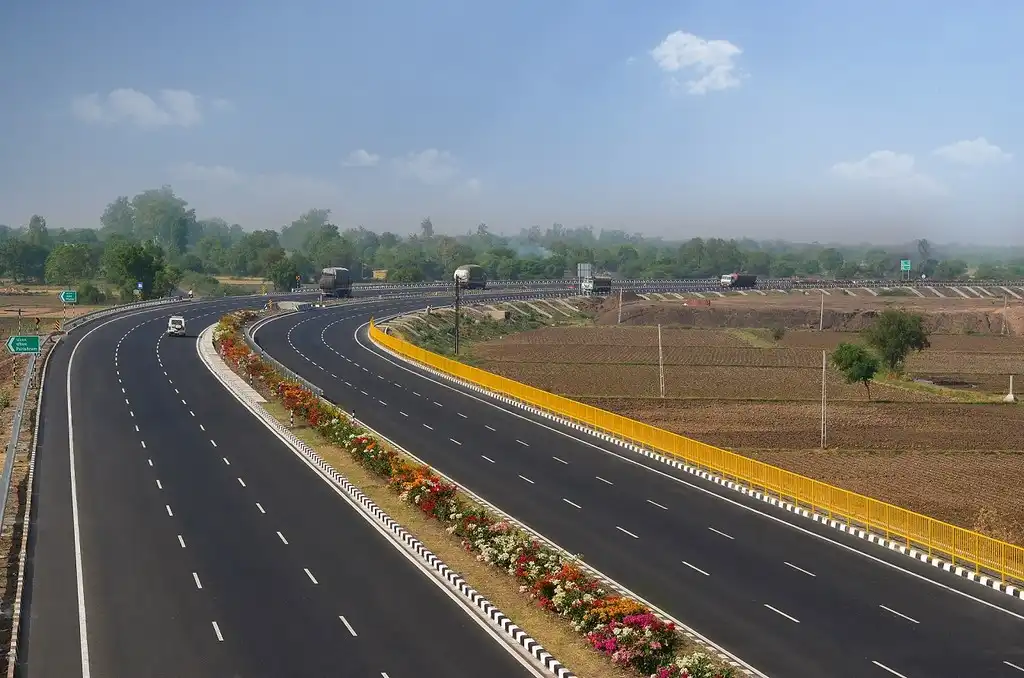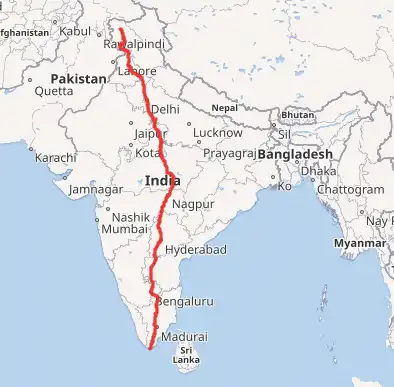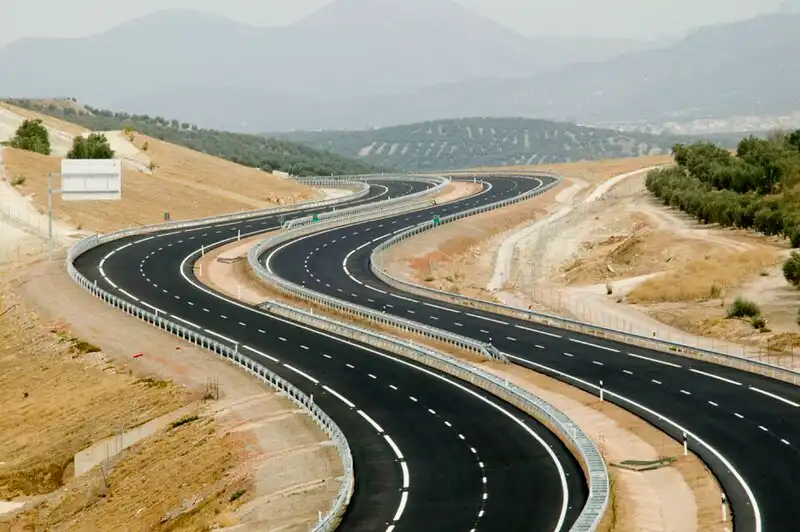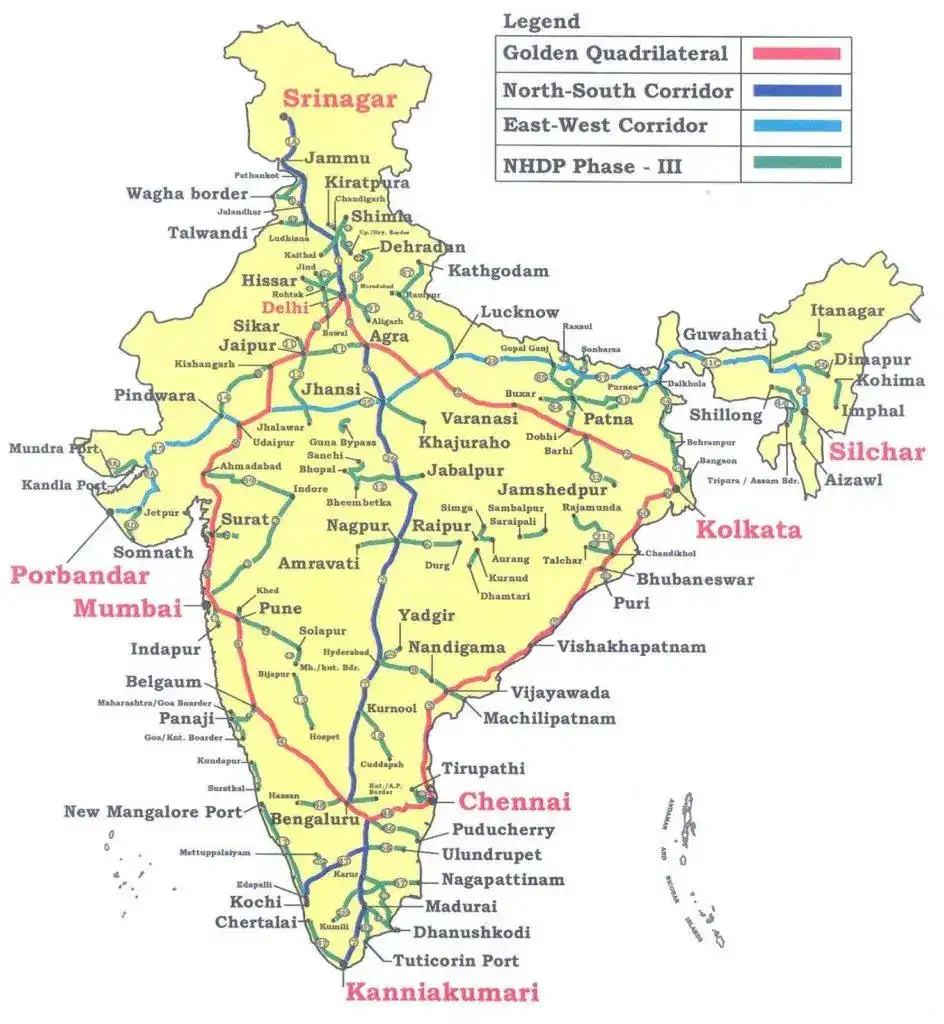Introduction:
National Highways in India are more than just roads; they are the lifelines that connect the diverse landscapes and people across the nation. In this blog post, we will explore what exactly a National Highway is, why they are so important, and how they contribute to the well-being of the country.
Understanding National Highways:
National Highways in India, as defined by the Ministry of Road Transport and Highways, are crucial roadways that link major cities, ports, and industrial and agricultural centres across the country. These highways play a pivotal role in facilitating the movement of goods, people, and services, contributing significantly to the economic development of India.

Key Characteristics:
- Length and Importance: National Highways are extensive road networks covering thousands of kilometres. They are vital arteries for transportation, connecting different states and regions.

- Standardised Design: These highways adhere to specific design and construction standards set by the Indian Road Congress (IRC) and the Bureau of Indian Standards (BIS). The goal is to ensure safety, durability, and efficiency in transportation.

The Numbering System:
Have you ever wondered why National Highways in India have numbers? The assignment of numbers to National Highways follows a logical sequence. The numbering system is designed to move from East to West and is carefully planned by the National Highways Authority of India (NHAI). This systematic approach aids in easy identification and navigation.

Significance and Impact:
1. Economic Growth: National Highways serve as the backbone for economic activities by connecting major commercial centres. They facilitate the transportation of goods, fostering trade and contributing to the growth of industries.

2. Connectivity: These highways play a crucial role in connecting remote areas to urban centres, ensuring that people from all corners of the country have access to essential services and opportunities.

3. Social Integration: National Highways contribute to social integration by promoting cultural exchange and interaction between people from diverse backgrounds. They bridge the geographical gaps that exist within the nation.

National Highways vs. State Highways:
It’s important to understand the difference between National Highways and State Highways. While National Highways connect different states and major cities, State Highways primarily serve to connect important cities and towns within a particular state. Both are vital for transportation, but National Highways have a broader scope.

Expansion and Future Plans:
India’s commitment to improving its transportation infrastructure is evident in the ongoing efforts to expand the National Highway network. The government, through the Ministry of Road Transport and Highways, continually works towards upgrading and constructing new highways to meet the growing demands of a developing nation.

Conclusion:
In essence, National Highways are the veins and arteries of India’s transportation system, ensuring the smooth flow of goods, services, and people across the nation. As we look to the future, the expansion and maintenance of these highways will play a pivotal role in sustaining India’s economic growth and fostering unity among its diverse population.





